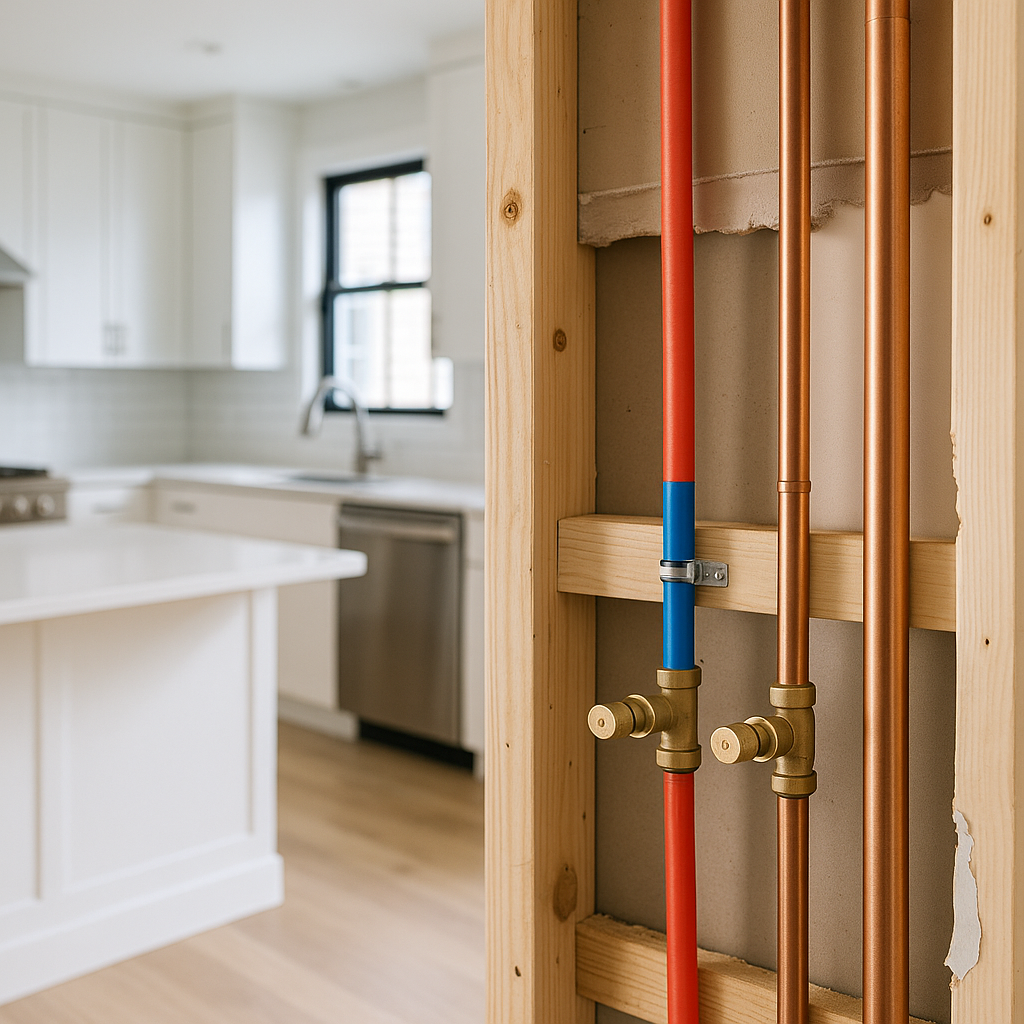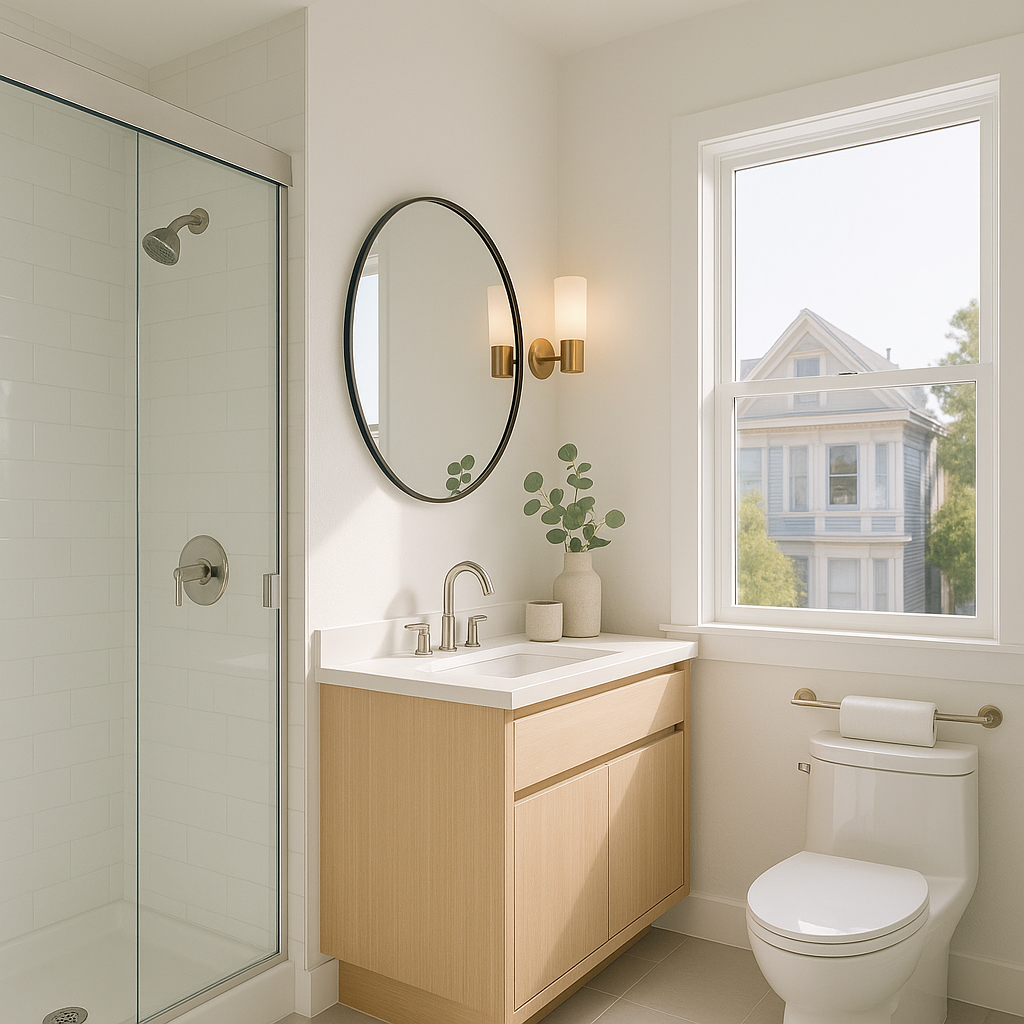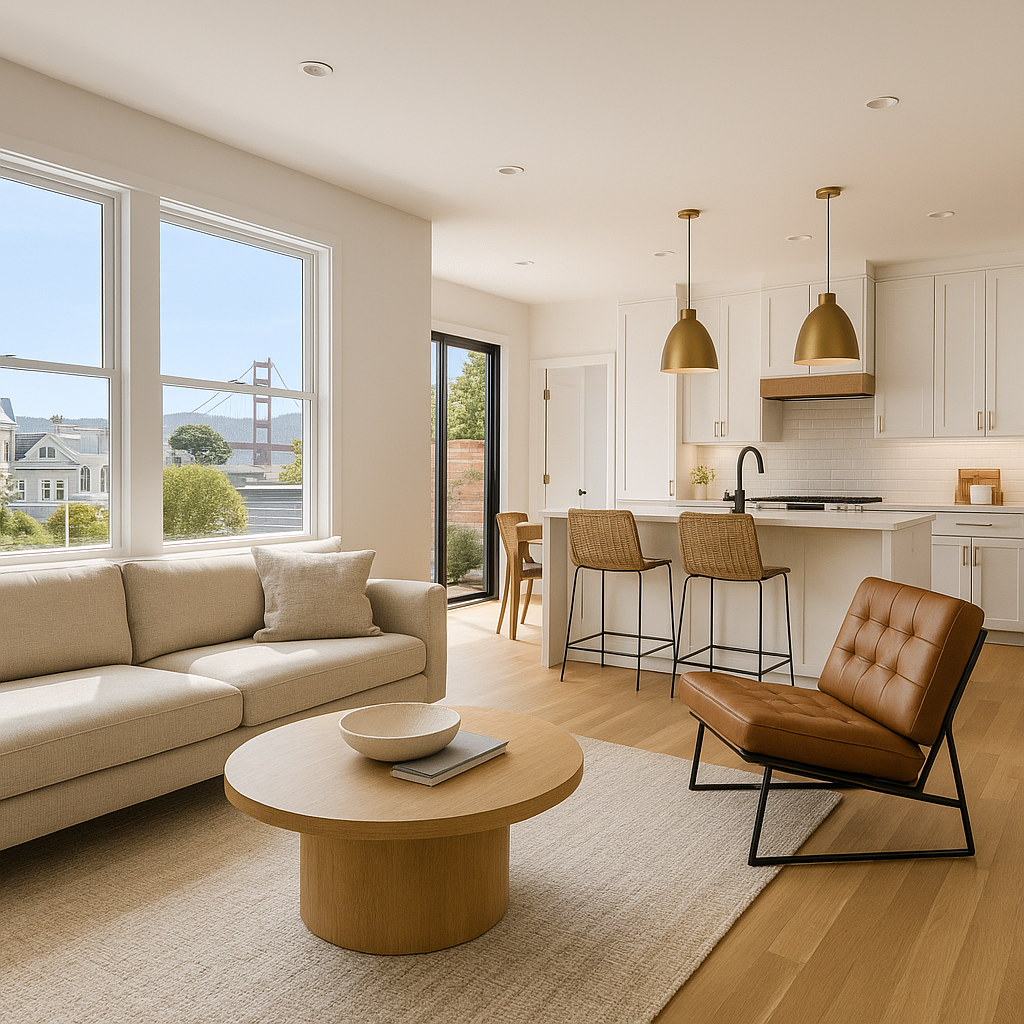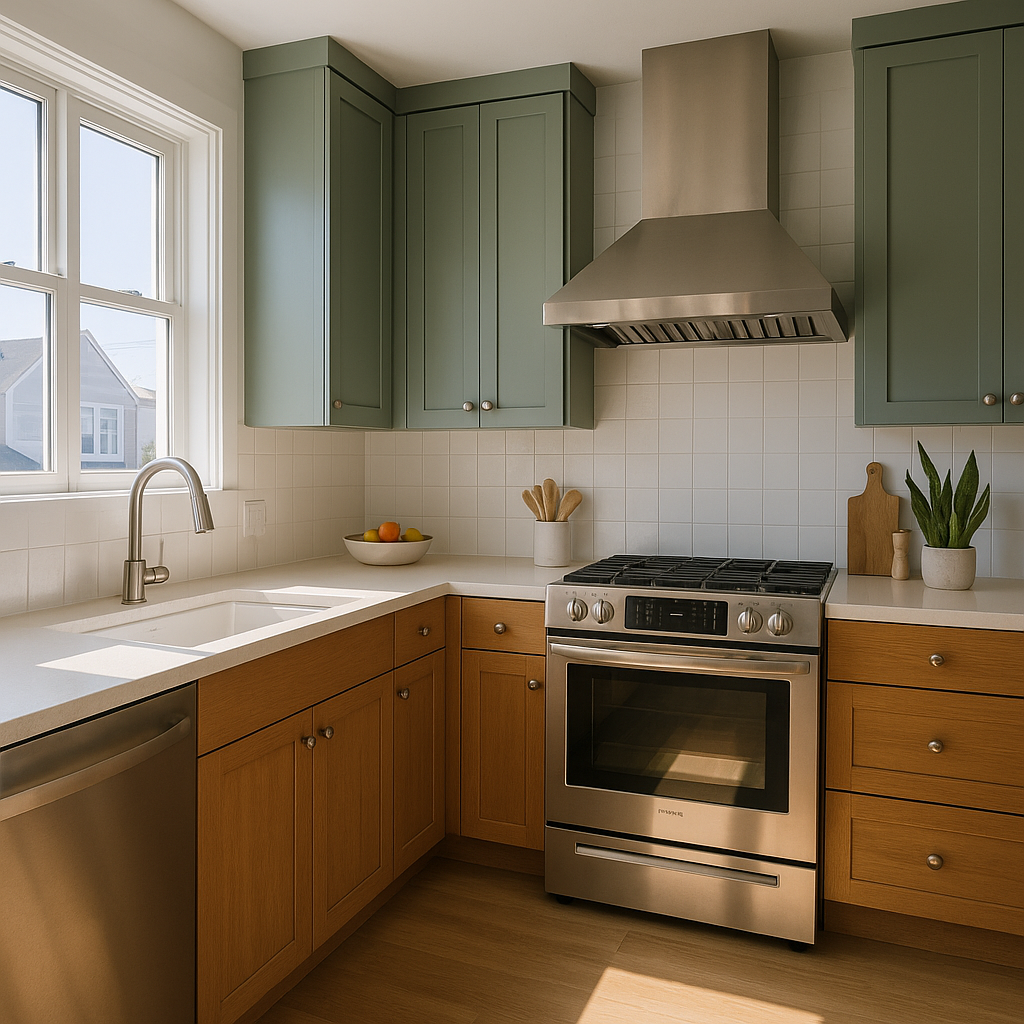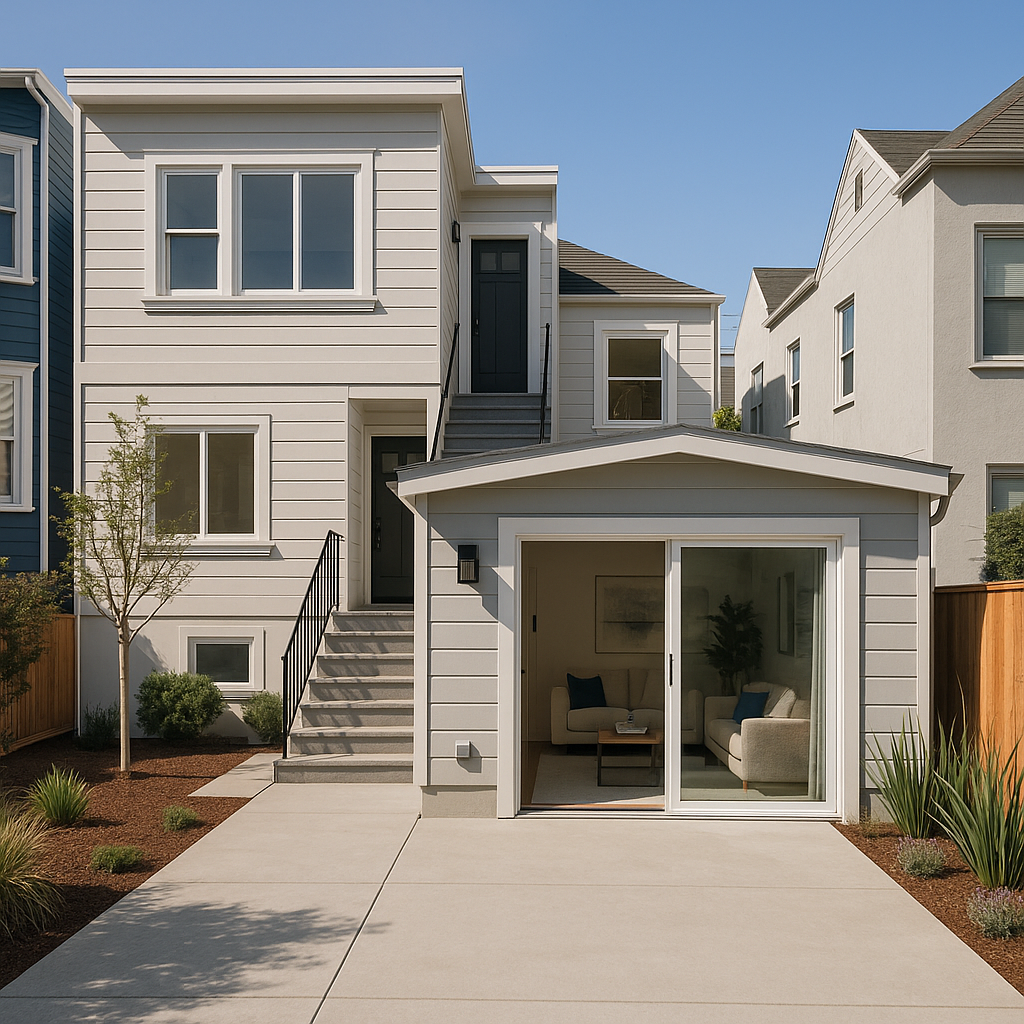Plumbing & Repiping in San Francisco: Choosing Between PEX and Copper for Your Home
4 December, 2025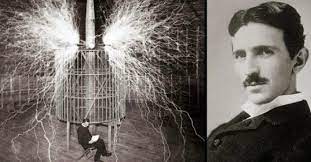
The Evolution of the Smart Home from Tesla to Tech Giants
From Early Visions to Modern Reality
The concept of a “smart home” is not new. In fact, Nikola Tesla imagined remote-controlled devices and wireless communication more than a century ago. His ideas created the foundation for technologies we now use every day. Over time, these early visions inspired engineers, inventors, and later entire industries.
As the twentieth century progressed, automation slowly entered households. Simple systems such as electric garage door openers, programmable thermostats, and intercoms gave homeowners a glimpse of convenience. These were small steps, yet they marked the beginning of a larger transformation.
Tech Giants Enter the Smart Home
By the early 2000s, the pace of innovation accelerated. Companies such as Amazon, Google, and Apple recognized the potential of connected homes. Each brand built ecosystems designed to integrate security, entertainment, and energy management. For example, Amazon introduced Alexa and Echo devices, which allowed homeowners to control lights, locks, and appliances with simple voice commands.
Google, through Nest, focused on learning thermostats and energy savings. Apple leveraged its reputation for seamless design and offered HomeKit as a way to unify devices. As a result, smart homes became not only more capable but also easier for everyday users to adopt.
The Future of Smart Living
Today, the smart home is no longer a futuristic dream—it is a practical reality. Homeowners can install leak detection systems, video doorbells, and energy-efficient lighting without complex wiring or high costs. Moreover, insurers and utility companies now encourage smart technology adoption by offering discounts and incentives.
Looking forward, artificial intelligence will play a larger role. Devices will learn from habits, anticipate needs, and create safer, more efficient environments. Therefore, the evolution that began with Tesla’s imagination continues to shape how we live today.
Smart Home Investments and Acquisitions (Amazon, Apple, Google)
In today's era of fierce competition and mass-market smart home adoption, the tech giant's massive investment in smart home sales, technologies, and ecosystem integrations has produced market-leading, affordable smart home solutions that now dominate the market.
The tech giants' strategic investments and acquisitions played a pivotal role in shaping the smart home landscape.
- Amazon: Acquiring Ring and Blink bolstered Amazon's security offerings. Its acquisition of Eero in 2019 extended its reach into WiFi mesh systems, enhancing connectivity.
- Apple: Investments in HomeKit-certified devices enhanced Apple's ecosystem. Its 2018 acquisition of Shazam extended voice recognition capabilities.
- Google: Apart from Nest, Google's acquisition of Fitbit in 2019 expanded its smart home and wearables portfolio.
A Functional Breakdown of Modern Smart Homes
Modern smart homes are characterized by their multifunctional capabilities, built around various aspects of daily living. Here's a breakdown of some key functions:
- Wi-Fi Connectivity: The backbone of any smart home, reliable Wi-Fi ensures reliable communication between devices and centralized control.
- Smart Security: Smart security systems incorporate cameras, motion detectors, doorbell cameras, and door and window sensors, allowing homeowners to secure and monitor their property at home or remotely with real-time video streams and alerts.
- Smart Lighting and Shades: Smart lighting systems enable personalized lighting scenes, like a bedtime scene, which turns all the lights off, or a wakeup scene that turns on your night light, while smart shades enhance privacy and regulate natural light by automating opening and closing shades based on the time of day, or weather.
- Smart Climate Control: Smart thermostats adapt to users' schedules and preferences, optimizing energy usage and maintaining a comfortable environment.
- Smart Entertainment: Integrated audio and video systems provide a home theater experience, with voice commands or smartphone apps as remote controls.
- Smart Plumbing: Smart water monitoring and shutoff systems reduce the risk of water leaks and expensive water damage while providing water usage statistics and water conservation analytics.
- Voice Control: Voice assistants like Amazon Alexa, Apple Siri, and Google Assistant enable hands-free control of smart home devices and functions. The latest releases of voice assistants include smart hub and mesh technologies, cameras, microphones, touch screens, and built-in sensors that allow us to consolidate our smart home portfolio.
New Construction vs. Retrofit Smart Homes
Two primary categories exist in smart homes: new construction and retrofit installations. New construction smart homes are integrated into each home's design and build process, incorporating smart technologies as a default feature. This integration often involves partnerships between smart home vendors and home builders. Savant, Crestron, and Control4 initially forged alliances with builders to create turnkey smart home packages. The tech giants have followed suit, with many home builders electing to package their solutions as a more affordable consumer electronics alternative to the proprietary Savant, Crestron, and Control4 solutions. These partnerships ensure that the latest technologies are integrated into the home's core infrastructure.
On the other hand, retrofitting smart homes involves upgrading existing properties with smart home technologies. Here, the tech giants play a significant role. Amazon, Apple, and Google offer wireless consumer-electronics systems that can be easily added to new and existing homes without extensive renovation, such as opening walls and installing wires. The tech giants leverage their widespread distribution networks, such as amazon.com, Apple, and retail outlets, to make smart home technology accessible to a broader audience.
Smart Home Installation Options
The growth of the smart home market has led to various installation options catering to diverse preferences:
- Luxury Vendors: Luxury vendors like Savant, Crestron, and Control4 offer whole-home solutions, including the equipment and installations by their value-added resellers (VARs). VARs are trained and certified by the vendors, which ensures that VARs meet vendor standards. VARs often start as small family businesses with great customer support; many grow with new locations or go national over time. While the Luxury vendors often cater to new construction or stud-out remodels, they also offer retrofit solutions. Pricing for new construction, stud-out, and retrofit installations ranges from $25,000 for a small condo to $500,000 and more for big homes. The price depends on the project scope and the extent of the smart home portfolio.
- Pros
- Integrated whole-home solutions, including the equipment and installation from a single VAR.
- VARs are positioned to create a high-quality product for customers with great support.
- Cons
- Purchasing from VARs increases costs because VARs resell vendor products and mark-up pricing.
- Luxury proprietary technologies with VAR ecosystems result in vendor and ecosystem lock-in and higher prices.
- Pros
- Retail Outlets and On-demand Tech Support Installations
Big retail outlets like Amazon, Apple, Cosco, and Best Buy sell a comprehensive portfolio of DIY smart home technologies and appliances. - Best Buy's Geek Squad and many other on-demand tech support companies offer repair, installation, and set-up services for retail furniture, appliances, Wi-Fi, computers, tablets, appliances, TVs, home theaters, car electronics, smartphones, cameras, audio systems, video games, and smart home technologies. Consumers can purchase smart home technologies from a retail outlet and schedule on-demand installation services in-store or online.
- On-demand tech support installation services for smart home devices range from $70 to $450 per device. Unlike the Luxury VARs, on-demand tech support companies do not specialize in smart home system design and installations; they install lots of other stuff, nor do they have mandatory smart home training and certifications. The quality of on-demand smart home service and support is location-dependent. If the location does substantial smart home installations, you might get an experienced in-house installer or an unqualified gig worker; it's a roll of the dice. Many on-demand tech support companies are large national organizations with big business customer support practices using automated phone systems, long wait times, and dropped calls.
- Pros
- Equipment sales and installation scheduling in-store or online.
- Cons
- On-demand support companies install so many different products and technologies you never know if you'll get an experienced, smart home installer or a first-time gig worker.
- You will likely need multiple vendors for a whole-home installation, i.e., an on-demand service for your retail products, and contractors for smart electrical, plumbing, HVAC technologies, patching, and painting.
- Pros
- Boutique Smart Home Installation Services: Boutique smart home installers come in many shapes and sizes with diverse backgrounds and experience. Boutique smart home installers are contractors, audio-visual installers, technologists, VARs, and more with a high degree of expertise in specialized domains. For example, some may specialize in one or more domains, while others are multifaceted. What they all have in common is unique expertise in their domain(s).
- Pros
- In theory, they are unbiased.
- Construction experience to ensure rough installations and electrical, HVAC, and plumbing products are installed properly.
- Specialization in various smart home ecosystems and technologies.
- Cons
- You may need multiple vendors for a whole-home installation, i.e., a boutique vendor for your smart home technologies and one or more contractors for smart electrical, plumbing, HVAC technologies, patching, and painting.
- Pros
- DIY with Online Guides: Do-it-yourself (DIY) installation is an option for tech-savvy homeowners. YouTube, bloggers, and manufacturers provide guides for self-installation. The DIY approach can save installation costs but requires technical know-how and a lot of your time.
- Pros
- Save lots of money!
- Cons
- You will need to invest lots of your time!
- Pros
Standardization, Vendor Lock-in, and the Emergence of Matter
Historically, vendor lock-in and the need for standards have challenged smart home adoption. Various vendors introduced proprietary technologies and communication standards, leading to vendor lock-in and cross-vendor compatibility challenges. Integrating smart devices from different market-leading manufacturers often requires complex workarounds or, by design, will not work. For example, the smart home platforms from Amazon, Apple, and Google do not interoperate by design, forcing you to decide on a single platform and ecosystem.
The Introduction of the Matter protocol (formerly Project CHIP) in 2019 marked a good step toward smart home standardization. Matter aims to create a unified, secure, and reliable standard for smart home devices, allowing different devices to communicate seamlessly regardless of the manufacturer. Matter's support by industry giants like Amazon, Apple, and Google may help to overcome the historical fragmentation from vendor lock-in.
Matter may be a game-changer, but history has shown us how tech giants and market leaders battled not only for market dominance but also for the allegiance of consumers and businesses with proprietary ecosystems. For example, the epic technological rivalry between Apple, Microsoft, and Sun Microsystems showed how each company employed distinct strategies to safeguard its technological domain while avoiding industry standards that could undermine its dominance. Again, Amazon, Apple, and Google smart home platforms do not interoperate by design, forcing you to decide on a single platform and ecosystem. Historically, standardization is great for consumers but not so much for market leaders. Only time will tell the impact of Matter.
In conclusion
As market shares shift, the future of smart homes promises even more accessibility, convenience, innovation, and lower costs for homeowners. Various installation options empower consumers to tailor their smart home experiences to their preferences, budgets, and technological comfort levels. The ongoing development of standards like Matter holds the potential to standardize smart home ecosystems by making interoperability a cornerstone of smart home technology.
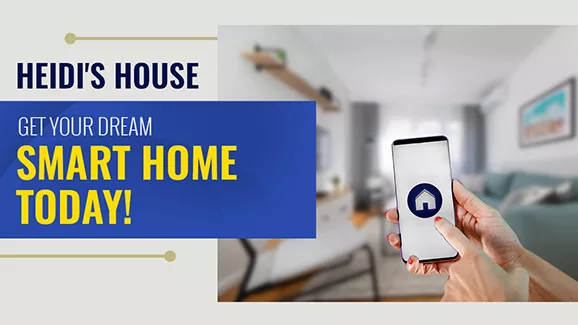
The ©Heidi's House Difference? An affordable Smart Home tailor-made for you.
We proudly serve San Francisco & the Bay Area.

Location
The Richmond District, San Francisco, CA

